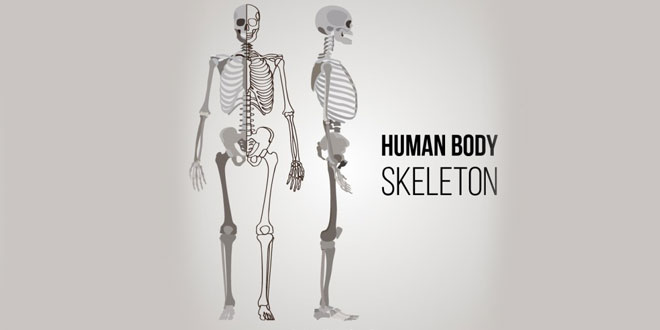Question: Why do we need muscles? Describe the different types of muscles in a human body.
Answer: We need muscles to make movement possible and to hold the bones together. They also help in important processes like digestion. The different kinds of muscles are involuntary muscles and voluntary muscles.
- Voluntary muscles: The movement of these muscles can be controlled by us. We can start or stop the movement by these muscles according to our wish. For eg: skeletal muscles are voluntary muscles.
- Skeletal muscles: Skeletal muscles help in movement. For eg muscles in arms. These are the only type of muscles we can control directly.
- Involuntary muscles: Involuntary muscles are the muscles whose movement cannot be controlled by us. Smooth and cardiac muscles are two types of involuntary muscles.
- Cardiac muscles: Muscles in the heart are examples of cardiac muscles. We do not have any control over this type of muscles. They work automatically.
- Smooth muscles: Muscles in the digestive system are examples of smooth muscles. We do not have any control over this type of muscles.
Question: What are joints? Describe the different kinds of movable joints in our body.
Answer: A place where two bones meet is called joint.
The different kinds of movable joints are:
- Ball and socket joint: This joint allows movement in many directions. For eg shoulder joint and hip joint.
- Hinge joint: This type of joint only allows back and front movement. It works like the hinges of a door. For eg bones in the knee, elbow, fingers and toes.
- Pivot joint: This joint allow us to move our head up, down and sideways. It is found between the first two vertebrae of our backbone.
- Gliding joint: The joint allows the bones to slide against each other in a gliding motion. For eg bones of wrist and ankle.
Question: What are floating ribs ?
Answer: The ribs that are not attached to the sternum are called floating ribs.
Question: What would happen if our lower jaw is fixed like other bones in the skull?
Answer: We would not be able to talk and eat.
Question: Which is the longest and the smallest bone in the body?
Answer: The longest bone: Thigh bone (femur).
The shortest bone: In the ear (stirrup).
Question: Write the number of:-
- total bones in adult human skeleton- 206
- bones in the skull- 22
- ribs- 12 pairs
- vertebrae- 33
 Class Notes NCERT Solutions for CBSE Students
Class Notes NCERT Solutions for CBSE Students




Very good site
Informative website!